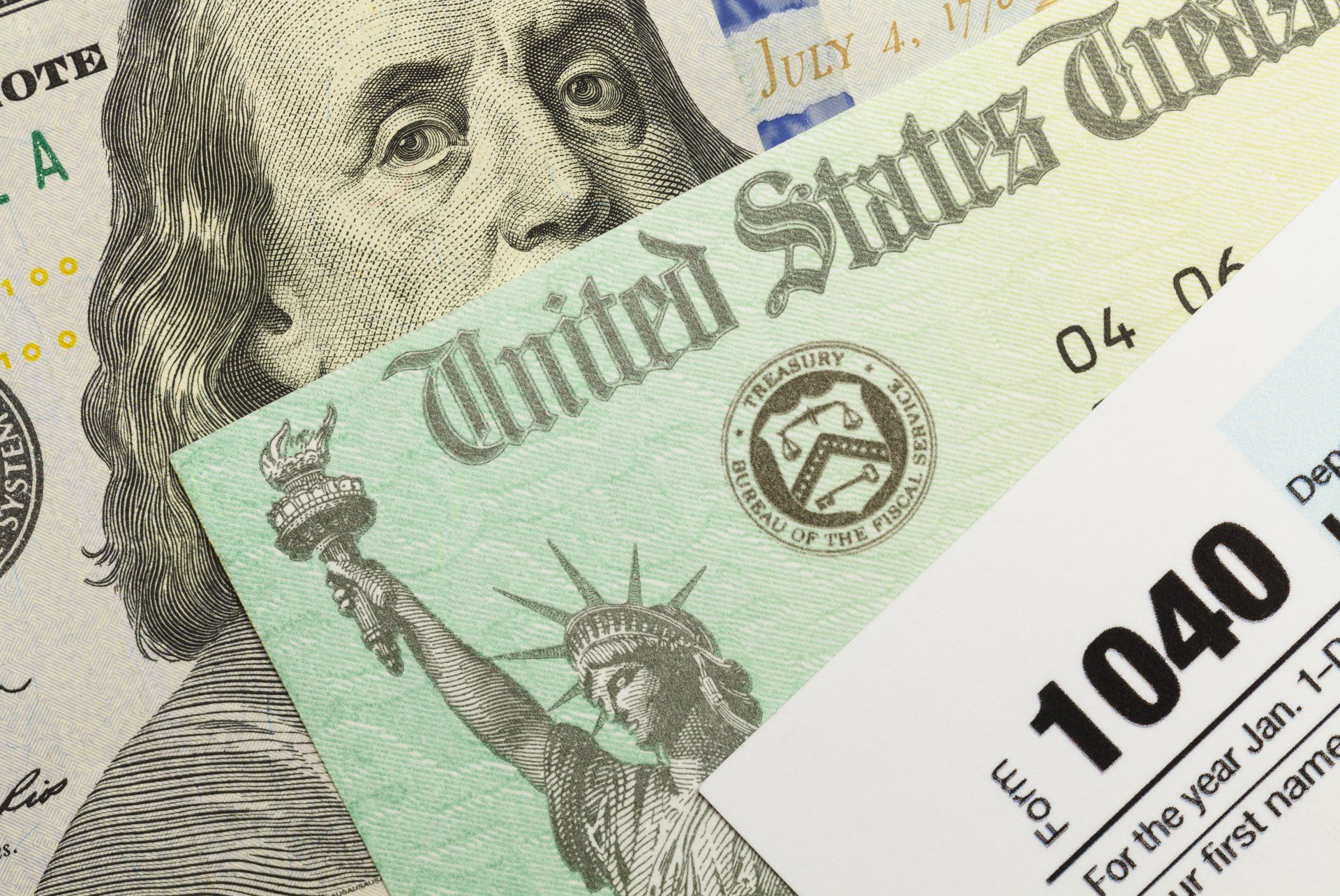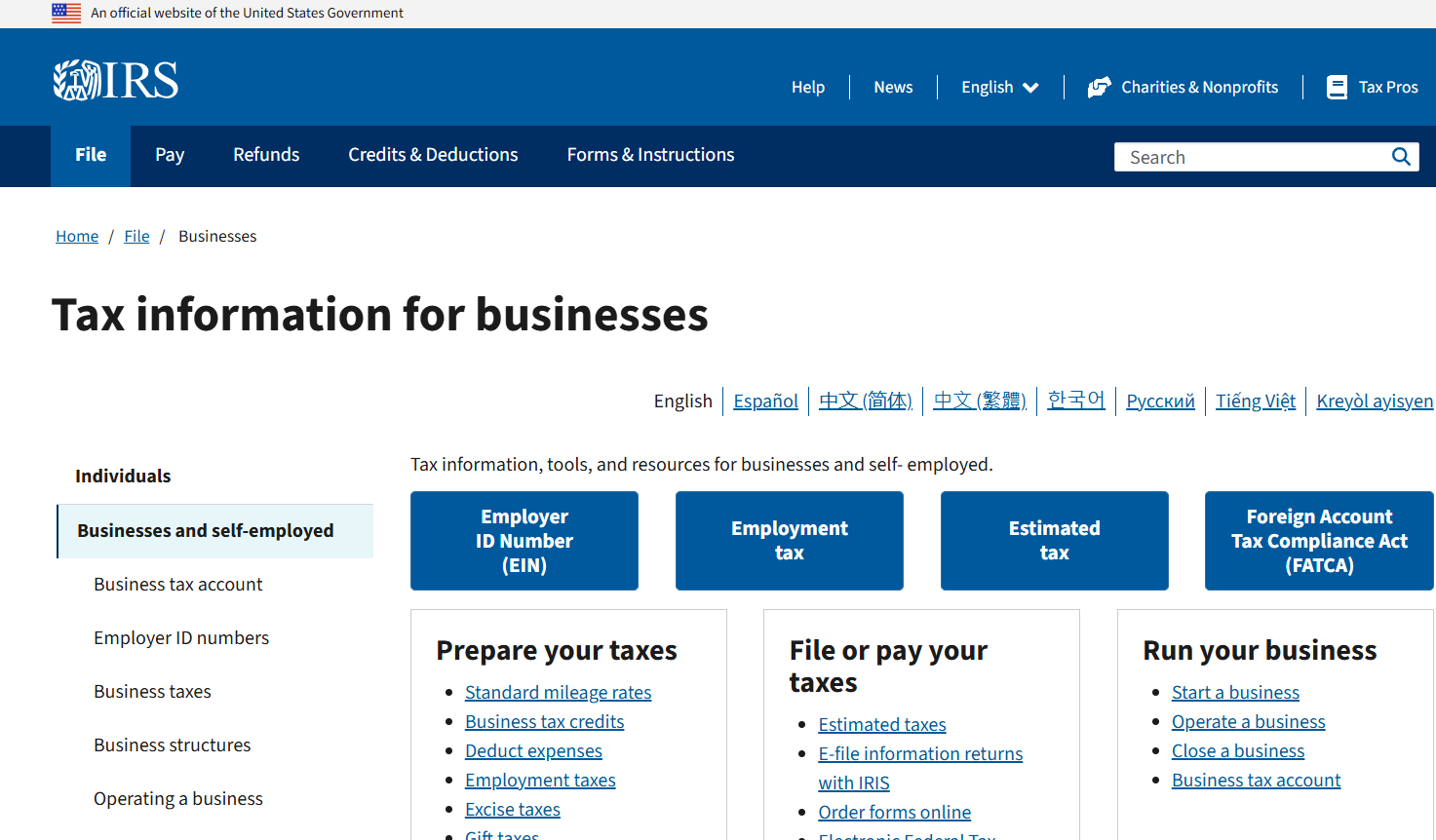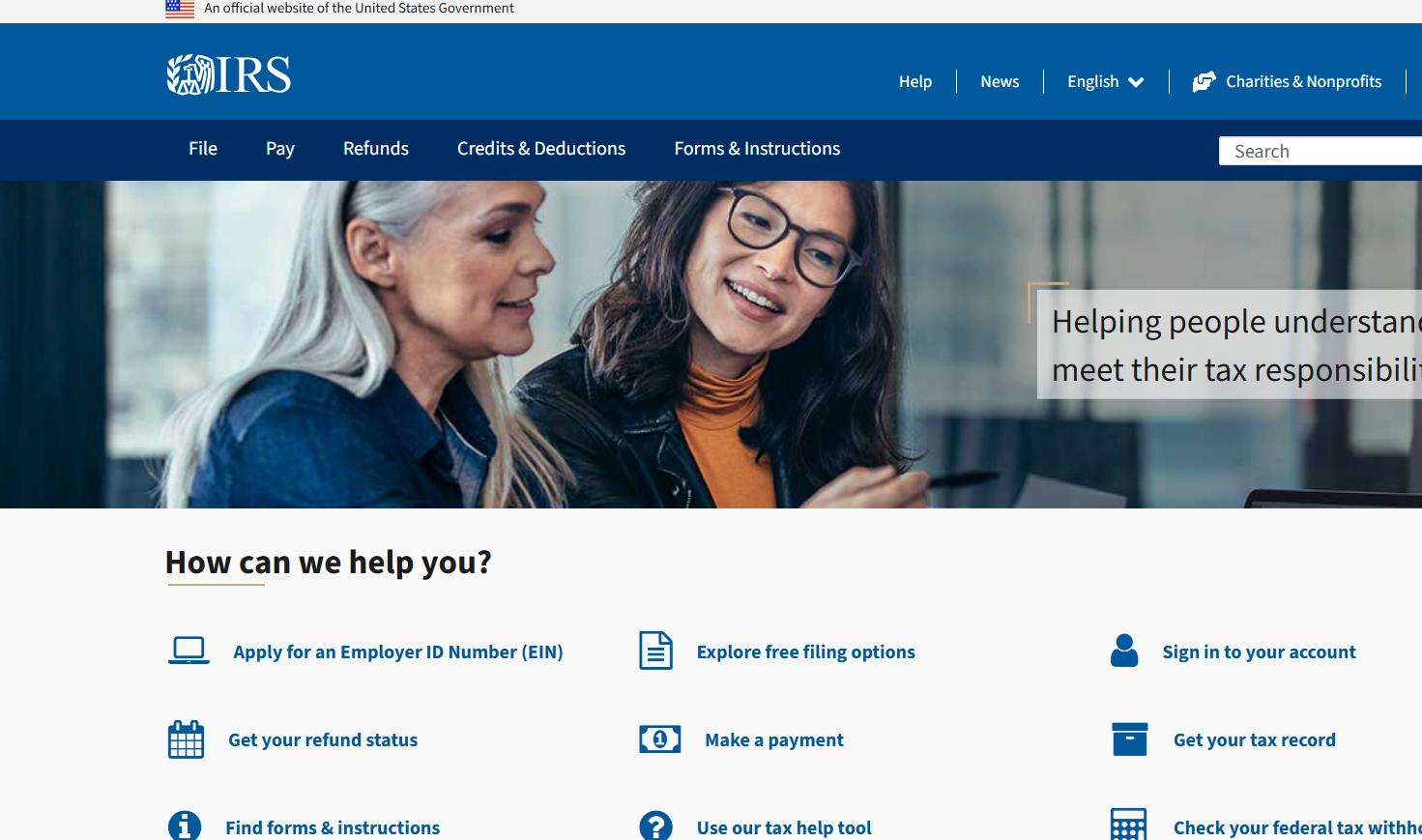President Obama Indicates New Retirement Plan Option for Workers
by Gregory S. Dowell
In his state of the Union speech last night, President Obama declared that he would use his executive powers to establish a new retirement savings option for workers. Calling this the “MyRA” (a bit of a tongue-twisting play that combines “My” and “IRA”), President Obama described this as a 401k-type savings vehicle that would be available for all workers. While his speech was lacking on specifics, he indicated that the wages deferred by workers would be invested on a tax-deferred basis in U.S. government obligations. Early withdrawals from the MyRA will be subject to penalties, similar to the way that early withdrawals are penalized from an IRA. The President believes that millions of Americans will choose to participate in the MyRA plans.
The amount of new ground that the President is breaking is debatable. It is important to note that the option to save for retirement already exists for virtually all working taxpayers. Taxpayers who are not offered a retirement plan by their employers (like a 401k or a Simple plan) presently have the ability to establish and invest their funds in an IRA or a Roth IRA. While the mechanism for workers to save for retirement already exists under current tax law and is nothing new, studies apparently show that workers are more likely to save if they can do so through a payroll deduction. According to the Bureau of Labor Statistics, 68% of all workers are presently offered a retirement plan at their place of work; of these, 54% presently have chosen to participate in the plans.
Apparently, the President and his advisers believe that the workers who presently are 1) not offered a retirement plan option by their employers and 2) who have chosen not to participate in the IRA and Roth IRA options presently available, will flock to the MyRA plans because of the payroll deduction aspect. Undoubtedly, there will be some success stories: Some workers not presently offered an employer’s retirement plan will take this option and will participate successfully. However, one has to wonder if a significant number of employees, who are not presently motivated to seek their own retirement plan option will now do so, just because the payroll deduction is available.
In addition, one has to wonder if the President’s plan is Pollyannic and simply misses the mark. For instance, many of those employers who do not offer retirement plans are small business owners who are employing lower-wage earners. Some of those lower-wage earning employees will not be able to participate in the MyRA because they can not afford to set aside any of their paycheck – all of their take-home pay is necessary to cover their basic living expenses. Many more of those employees, perhaps those who are just above the marginal level of take-home pay, will gamely try to participate in the MyRA, only to find that they must withdraw the funds they have set aside via payroll deductions to cover some emergency expense, which will subject those employees to the early withdrawal penalty. In other cases, the amounts that these lower-paid employees can set aside will be very small, and it is likely that the fees incurred on the accounts will gobble up a disproportionate amount of their savings. In these unfortunate instances, the MyRA will hurt exactly those employees that the President set out to assist.
While this may be an easier adoption for larger employers, a mandated retirement option will pose a challenge, and a cost, to many small business employers. That cost will largely come through the additional administrative burden placed on small businesses to be in compliance. Some of those small businesses, certainly, will avoid participation and suffer penalties. Not surprisingly, those in the investment community will largely get behind this plan. Some plan custodians, like Vanguard, have tentatively indicated that they support any attempt to help Americans save. Of course, those plan custodians and others in the investment field will recognize a benefit from the additional dollars that are driven to them by the President’s plan.
Few would argue that making an attempt to level the playing field and to help workers save for retirement is a bad thing, and the President should at least be applauded for taking the initiative (and he was, repeatedly, during his speech). Let’s hope the plan defies a few odds and works. It is still early – again, specifics were lacking in the President’s speech. It appears, however, that this will be a developing story that will affect all businesses.










